US city's sewer system is full of wildlife... including alligators!
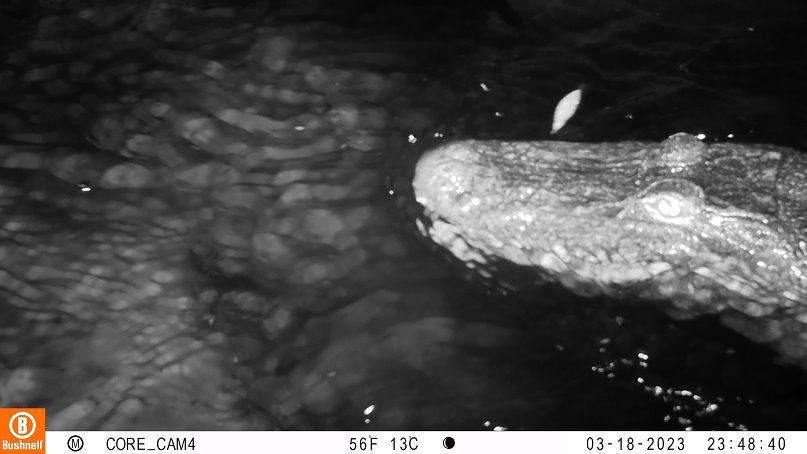
Alligators were one of the animals found in the sewer system
- Published
What do alligators, raccoons, rats and bats all have in common?
They're all animals spotted deep down in the storm water sewer systems in Florida.
Several species have been using the systems to move around as environments become more urban - because more homes and buildings are being built on green space according to new research.
Cameras were placed in storm water sewer systems in a number of locations in Alachua County in Florida to track how wildlife use them to get about.
These systems are different to sewage systems which transport waste. They're specifically used to help make sure rainwater is steered away from surfaces like roads and the water is eventually released into natural and manmade bodies of water.
More wildlife stories
- Published11 February
- Published10 February
- Published7 January
How did the sewer animals study work?
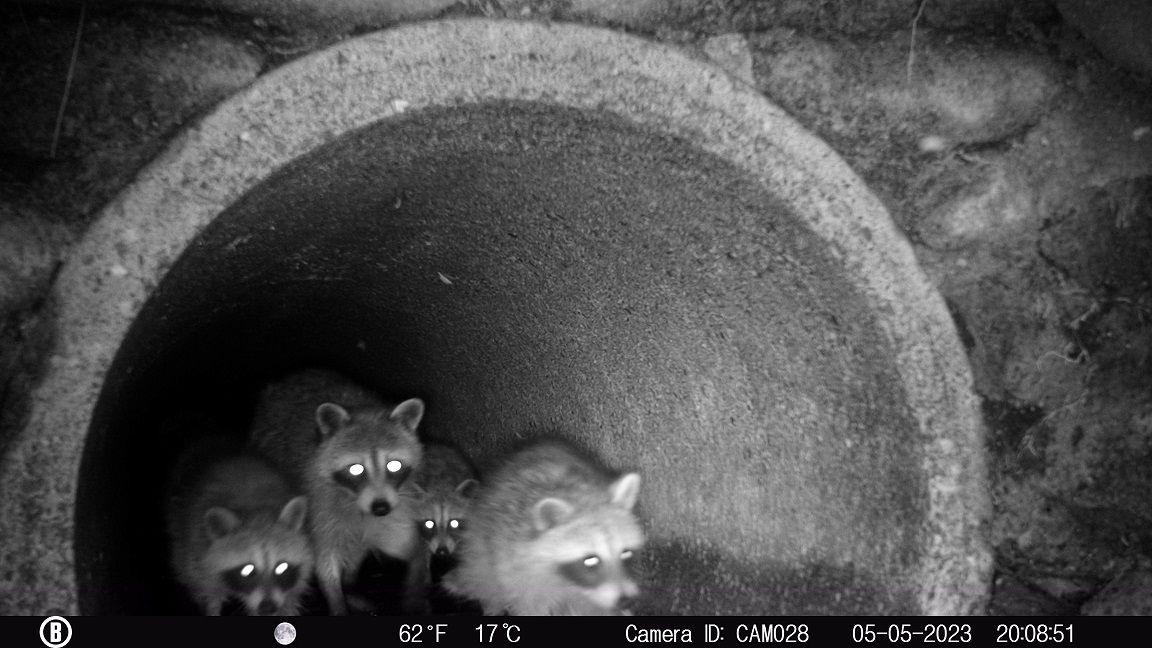
Raccoons were one of the species spotted roaming around the sewer system
To help researchers involved in the study get a better understanding of the importance of the storm water sewer systems, a number of wildlife cameras were placed within pipes in the system at different locations.
From February to May 2023, more than 3700 animals were captured by the cameras, with a total of 35 different species recorded including amphibians, reptiles, and birds.
Alligators were the most frequently seen reptile, with 50 being spotted on camera across five different sites.
"Going into my research, I expected to see rats and other rodents you would expect to see at underground subway or metro stations," Alan Ivory, a Ph.D. student at the University of Florida told Newsround.
"I didn't expect to see mother raccoons and opossums caring for their young, or alligators feeding on fish. The sheer amount of diversity in species and in how they used these underground systems was inspiring."
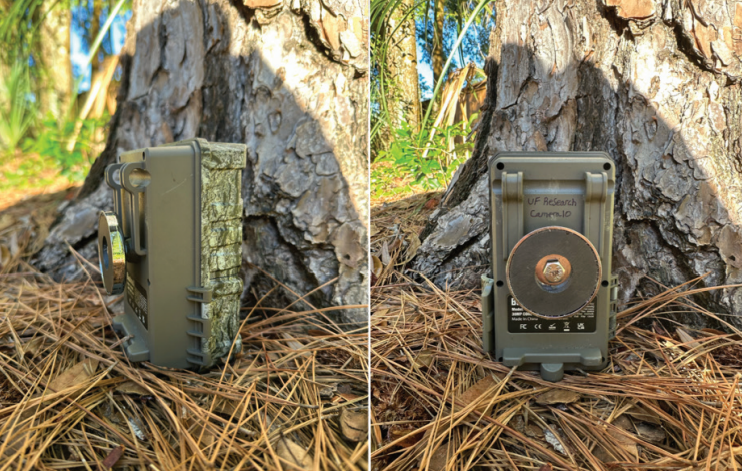
Cameras were places in storm water sewer systems in a number of locations
Mammals were the main types of animal found, with raccoons and Southeastern myotis bats making up more than half of all the sightings.
Researchers also wanted to know exactly how different species were using the systems.
Some used them as homes, places to track down food or as environments they could breed in, while others treated the systems a bit like roads, using them to travel from one pond or body of water to another.
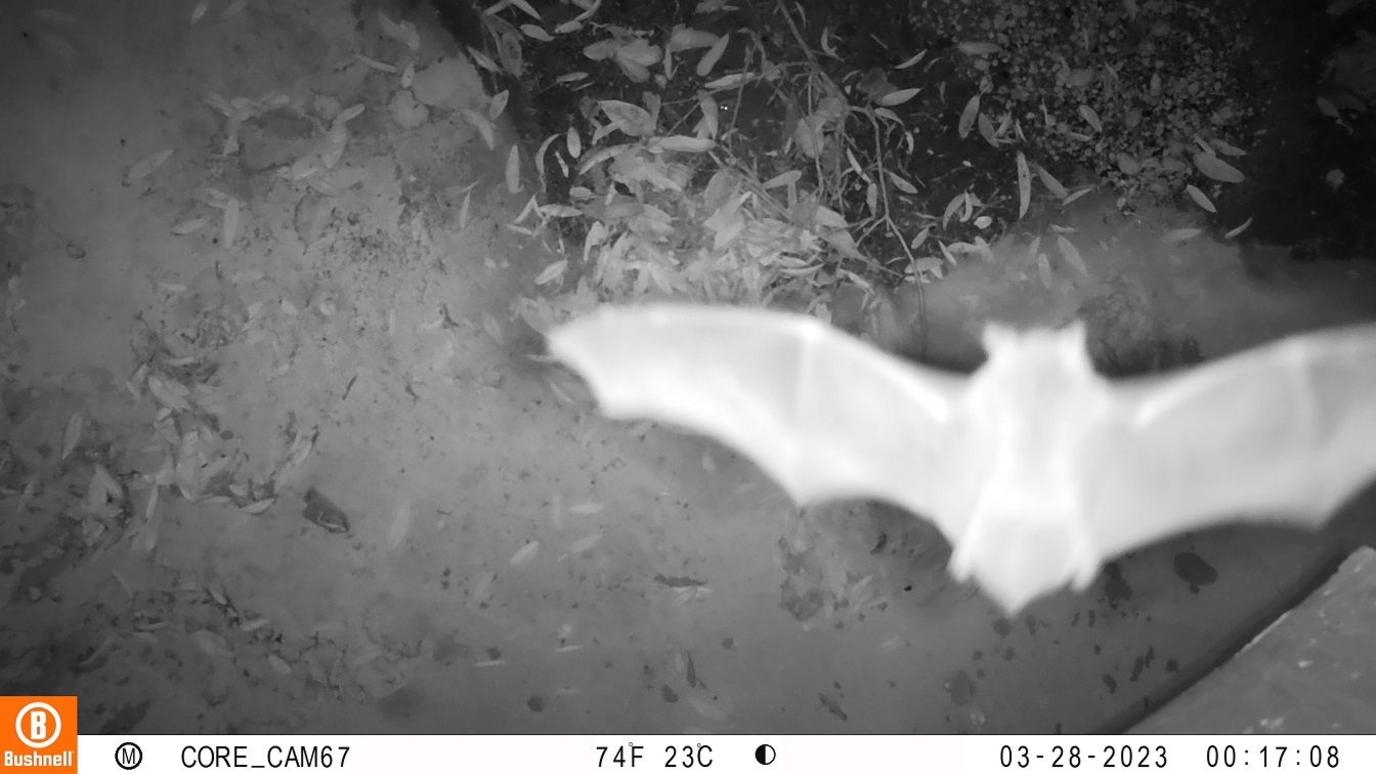
It's believed some animals, like small reptiles and amphibians - including frogs and snakes, most likely ended up in the storm water sewer systems by accident, having been swept in with large amounts of rainwater after a storm.
The experts hope getting a better understanding of how species like this find themselves in the systems could help prevent them from getting trapped.
They also say similar studies need to be carried out in other regions to help researchers work out how the systems impact wildlife elsewhere and what can be done to help animals use them in better ways.
"We already know that large-scale wildlife tunnels and bridges, designed for large mammals, like deer, bears, and panthers, are helpful in preventing wildlife-vehicle road collisions," Alan said.
"It would be wonderful if we could learn more about these underground storm water corridors and how they can provide safe passage for wildlife and accomplish the human tasks they were originally designed for."
More of the latest
- Published12 February
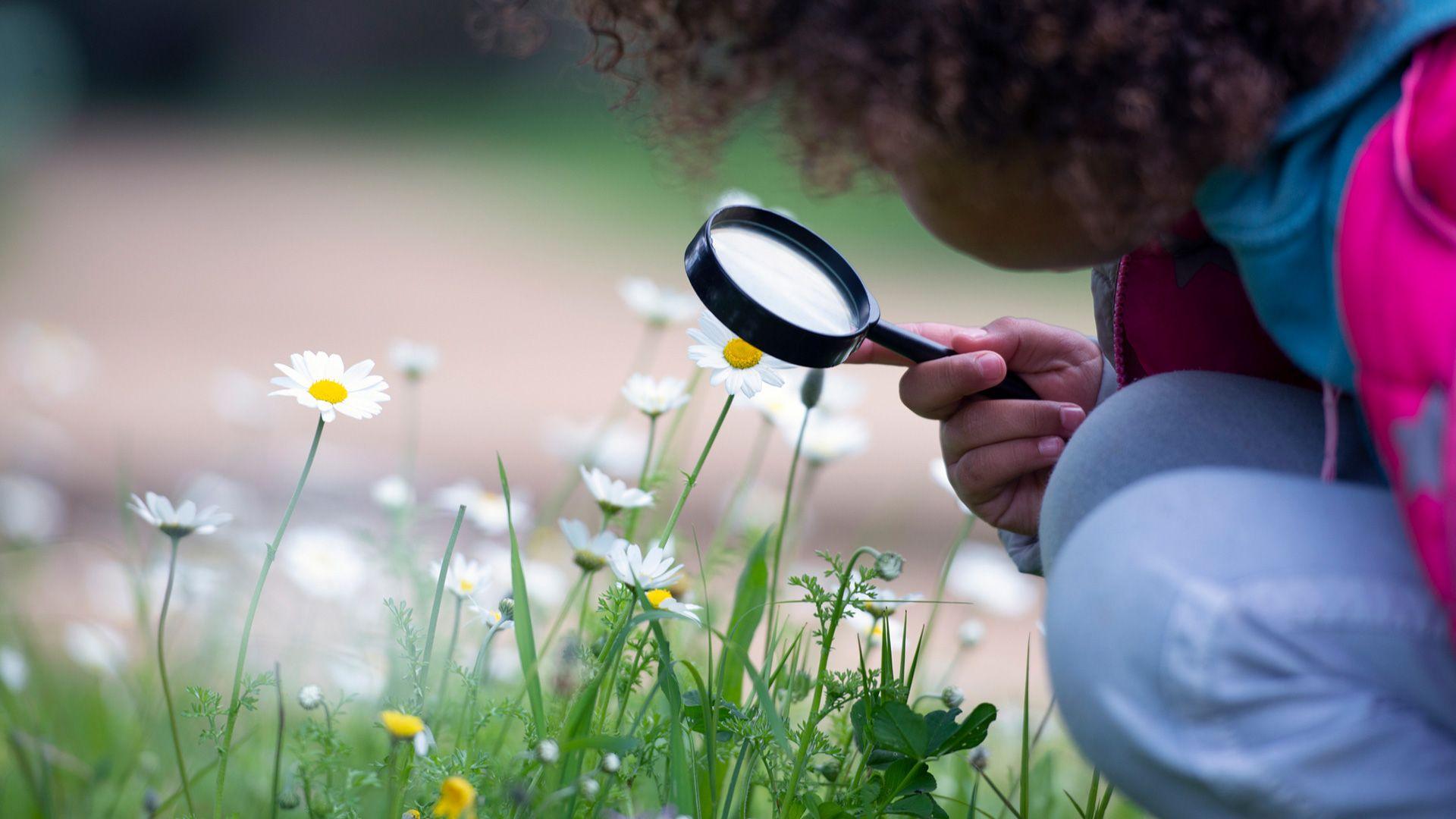
- Published13 February

- Published13 February

